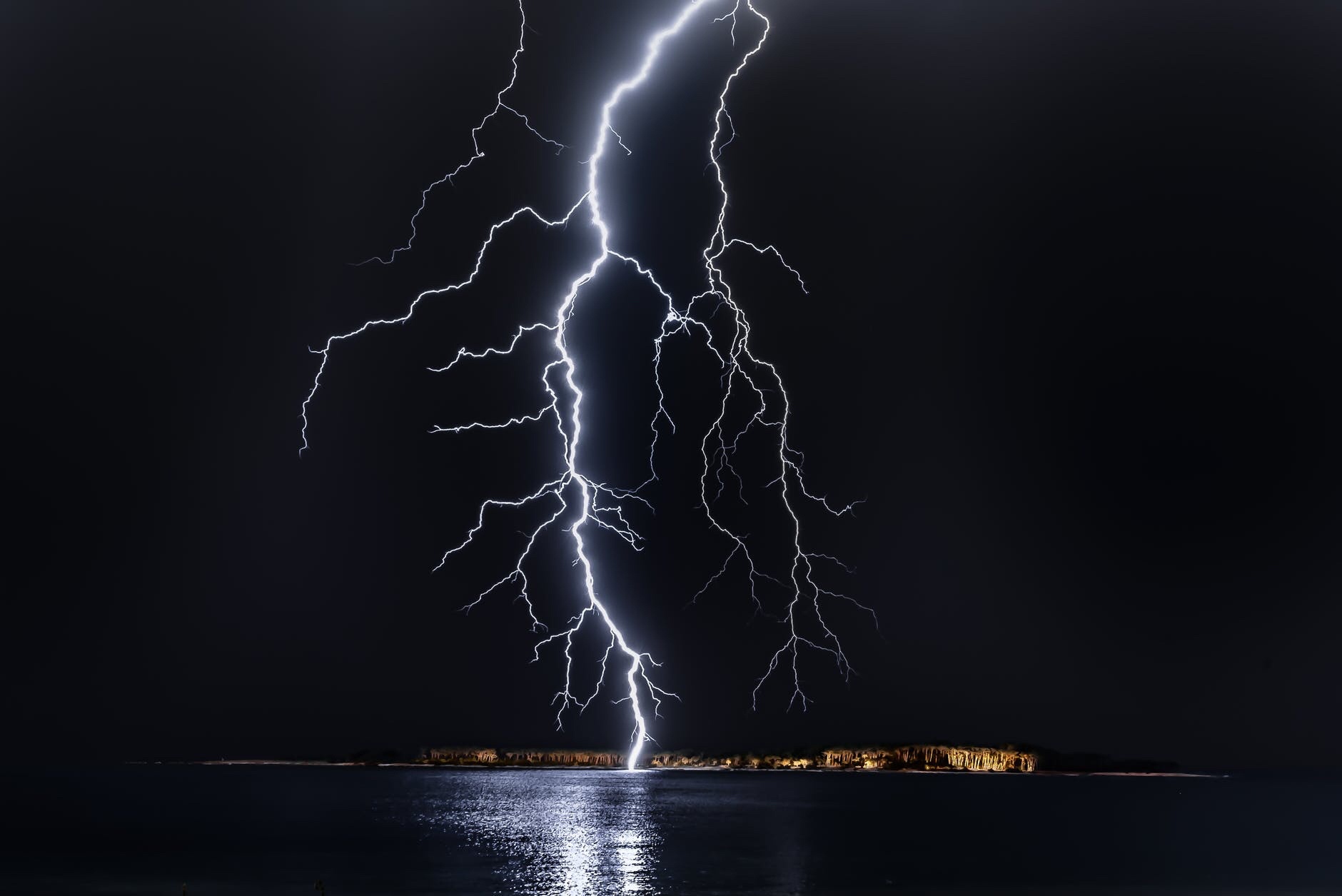Don’t be shocked! Separate lightning facts from fiction – As afternoon spring and summer storms return, it can help to dispel some of the myths about the energy and science behind lightning storms. #Lightening #LighteningFacts
Don’t be shocked!
Separate lightning facts from fiction

I enjoy watching lightening as it lights up the sky. Almost reminds me of an old song from Eddie Rabbit, I Love A Rainy Night.
Lightning is an awe-inspiring display of nature. Captivating, careening streaks of light brighten the sky and are often accompanied by Earth-shaking booms of thunder.
Is it any wonder that people are equal parts fascinated and terrified of lightning? That’s likely due to the immense power contained in lightning storms. Every bolt of lightning delivers up to one billion volts of electricity, states National Geographic.
When I see lightening, I think of it as God’s Fireworks on Display.
As afternoon summer storms return, it can help to dispel some of the myths about the energy and science behind lightning storms.
MYTH: Lightning doesn’t strike the same place twice.
FACT: Contrary to what the familiar expression may indicate, lightning can and frequently will strike the same place twice, offers Britannica. It may occur during the same storm or years or centuries later. There’s no guarantee that a spot already hit by lightning is now immune.
MYTH: Crouch down to avoid a lightning strike outside.
FACT: The National Weather Service says that crouching closer to the ground will not make a person any safer outdoors. Moving indoors to a substantial building or a hard-topped vehicle is better.
MYTH: Rubber tires insulate a car from lightning strikes.
TRUTH: It’s actually the metal roof and metal sides of the vehicle that channel the lightning down to the ground, helping to safeguard people inside the vehicle. Remember, convertibles, fiberglass RVs and motorcycles are on rubber tires and offer no protection against lightning.
Check out these Storm Safety Tips!
MYTH: Being under a tree is better than no shelter at all.
FACT: The Insurance Information Institute advises against sheltering under a tree. If lightning hits that tree, there’s a chance that a “ground charge” will spread out from the tree in all directions. In fact, being under the tree is the second-leading cause of lightning-related casualties.
MYTH: If there are no clouds or rain, you are safe.
TRUTH: Lightning can strike more than three miles from the thunderstorm itself, which is far outside the rain or thunderstorm cloud. Even infrequent lighting strikes have occurred as far as 10 miles from the thunderstorm origin.
Storms also show the power of God!
MYTH: Cloud-to-ground lightning bolts are rare.
TRUTH: These types of bolts are quite common, with roughly 100 striking the Earth’s surface every second.
Lightning can be beautiful but it also can be dangerous. Getting the facts about lightning can help keep people out of danger.
Article compliments of MetroCreative. TF206028 With some additions/edits from me.
About the Author
Discover more from Courageous Christian Father
Subscribe to get the latest posts sent to your email.


